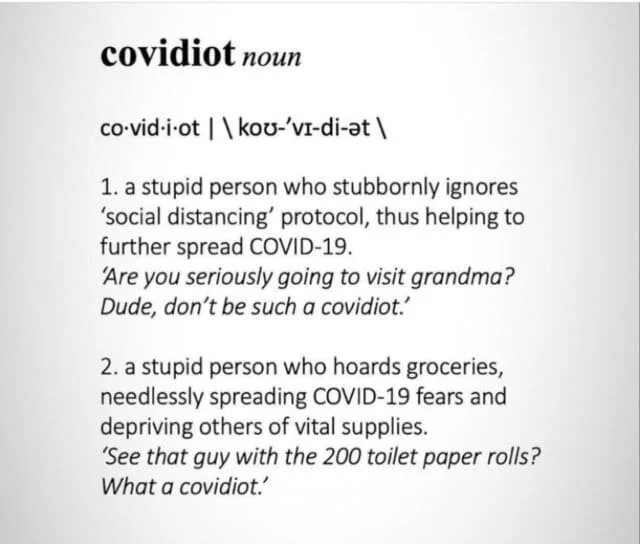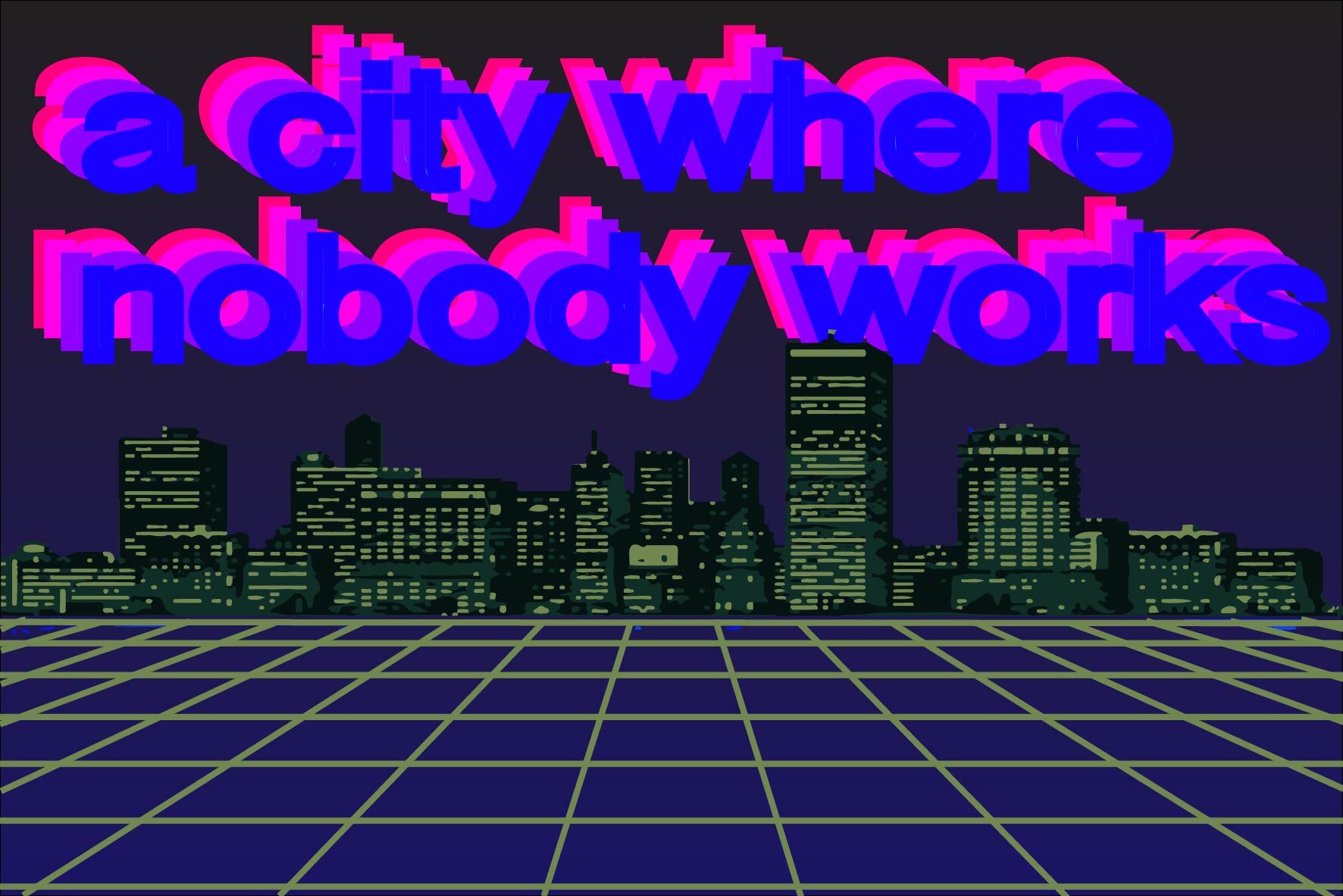Metropolitan composition and why the social distance between members of the same milieu in different nodes is much lesser than the distance between districts within the same metropolitan area.
What fascinates me right now is the ways in which people in differing social milieus, living geographically near one another can be so thoroughly isolated from one another socially that they are far less likely to ever meet than they are to meet someone similar to themselves who is on the other side of the planet. To investigate this notion, I have turned to some theorists of globalization, since it is precisely the nature of global flows and circuits that are the subject of this inquiry.
Manuel Castells, the Spanish sociologist of information networks and their effects on civilization, in his book The Rise of the Network Society, describes a distinction in the human environment, between what he calls “spaces of places” and “spaces of flows”. Castells, in explaining these concepts, cites Saskia Sassen, who in 1991 first published on the idea of the “global city”. Written in an era that was witnessing the increasing globalization of trade, finance and information, Sassen argued that the new global flows were leading to the emergence of a trans-national, cosmopolitan type of city—the global city—which was a hyper-connected place, belonging more to the globalized flows of the new, information-heavy transnational economy than to the actual locality of the city as a fixed geographical location. “Being in a city becomes synonymous with being in an extremely intense and dense information loop,” Sassen explains (Saskia Sassen, “The Global City: Introducing a Concept”, Brown Journal of World Affairs, Vol XI, No. 2 [Winter 2005], pg. 29.). Increasingly, these cities, which are engaged in similar processes of production, investment, innovation, and so on, can be considered as part of a circuit—nodes or landings within a dynamic set of flows. This basic concept of Sassen’s global city informs Castells’ own notion of the space of flows, which adds further nuance and complexity to the original concept. For Castells, there are many irreducible and distinct globalized flows, to which belong different ‘milieus’. There is, for example, a “network of innovation in information and communication technology”, exemplified by Silicon Valley, and this is distinct from “the network of finance”, or the “global criminal economy” (Castells, “Preface to the 2010 Edition”, The Rise of the Network Society, pg. xxxvii). These distinct networks, with their particular milieus, each constitute a circuit within a global world, and their respective ‘landings’ encompass many more locations than the original tripartite financial “global [financial] cities” of New York, London and Tokyo that were at the center of Sassen’s analysis. Castells, examining the patterns of urbanization that were increasingly becoming the norm around the world, considered these “spaces of flows” within their metropolitan context. These dynamic, global hubs were typically situated within multi-centric urban conglomerations less adequately described as cities than as metropolitan regions. These sprawling conurbations move beyond the tidy core/periphery (urban/suburban) urbanism that found its expression in American urban sociology in the 1960’s and 70’s. The metropolitan region, as a place of “multilayering of global networks”, where the nodes of distinct global circuits are situated within the same region, with the region itself acting as a “switching” site between the diverse circuits of the global system, witnesses all the complexity that comes along with such an ecology: the dynamics of a complex process in which “economies of synergy between these different networks take place in [the] node” (Rise of Network Society, xxxvii). The metro region, in other words, is a site of plurality, hosting nodal landings for many distinct networks. While the diverse systemic ecology of metro areas may serve as a switching site between these networks, the milieus belonging to these different networks often do not come into social contact in the course of their daily lives. Though they may live on the same street or in the same building, two people who manage positions within different networks may be considered to be more socially isolated from one another than members of the same milieu scattered across the globe. An international banker in New York City, in this sense, is more likely to know or to meet another international banker in Beijing than they are to know a software developer who lives across the street, by virtue of the distinct milieus that each of these characters belongs to. The social distance is much greater, however, between members of the various globally networked milieus and the hyper-local service workers who occupy the “spaces of place”. The fact, according to Castells, is that large swaths of the population are not even members of these globally-networked milieus at all. While the flowing social infrastructures of globalized milieus can be visualized as interwoven-yet-isolated international webs of cables, knotted together but almost never grafted into one another, these land in the metropolis in such a way that some splicing between them occurs. The concept of the silo conveys a much more tidy visualization of distinct containers of information, but with the concept laid out above, the silo can be seen more as a distinct utility system, literally tangled between countless other systems, themselves isolated from one another, even with their intertwined geographical spreading. The city itself, operating as a sort of productive switchboard, connects, bundles and agitates between different flows, typically in the service of capital. Yet for those occupying the spaces of place, the prospect for being switched into contact with the occupiers of the globalized milieus is far more difficult to accomplish. The experience of the same city, therefore, would be entirely different for—let’s say—the florist on the corner, compared to that of the ‘cosmopolitan’ consultant whose office sits right above that very same street corner. Yet since the city is already programmed to facilitate certain switching, could it be hacked to facilitate “unproductive” switching? Can we install “glocal” (global+local) social softwares in the city that connect the localized and the marginalized with the globalized and exalted?


















